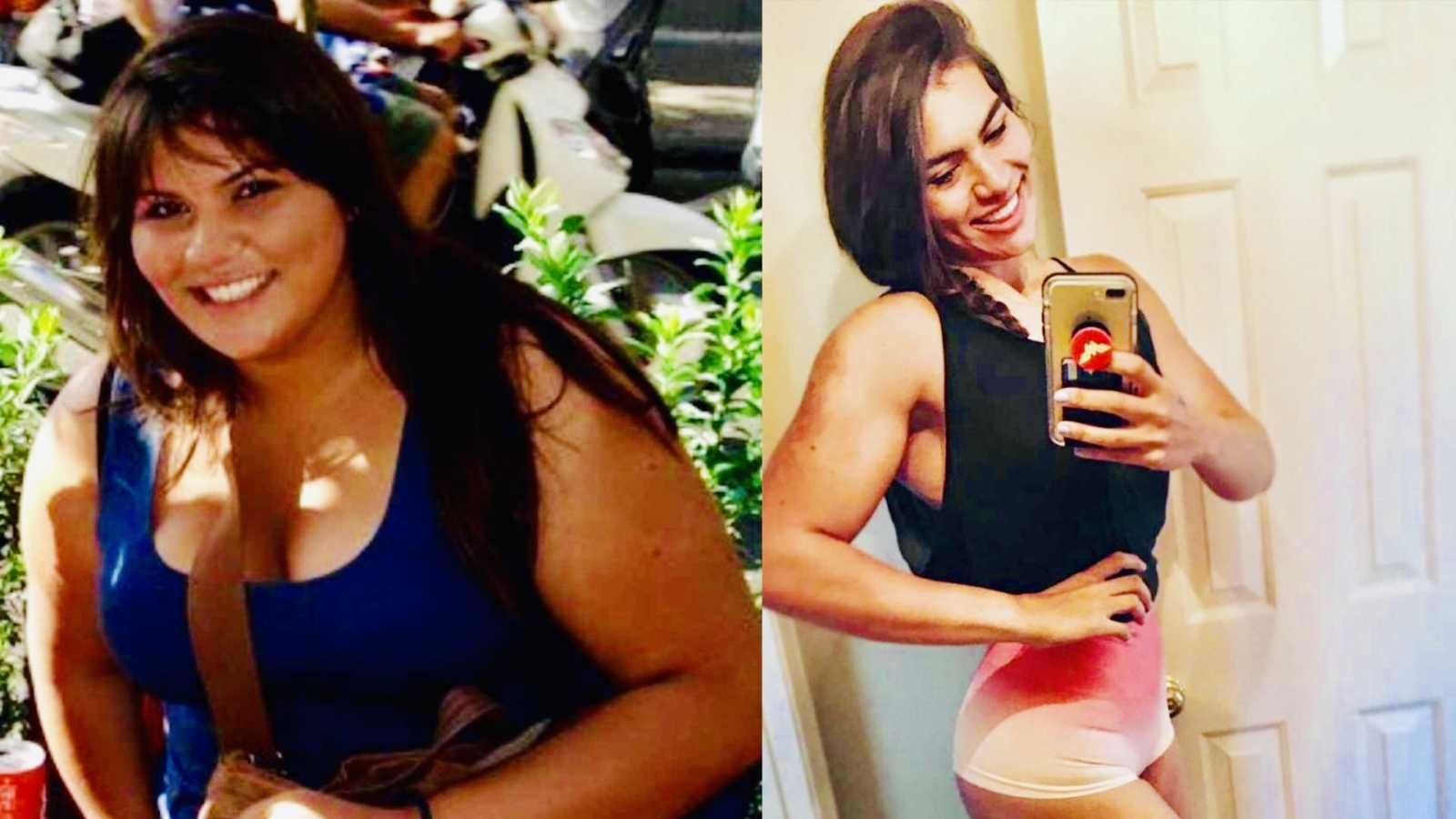“I sometimes wish I could say I’d lived in a fog for the first 22 years of life, unknowingly succumbing to unhealthy lifestyle habits, but I can’t. I was very aware of what it took to live a healthy life. I simply lacked the wherewithal to implement it. I was born in Canada, my family relocated to Jackson, Tennessee, when I was young.
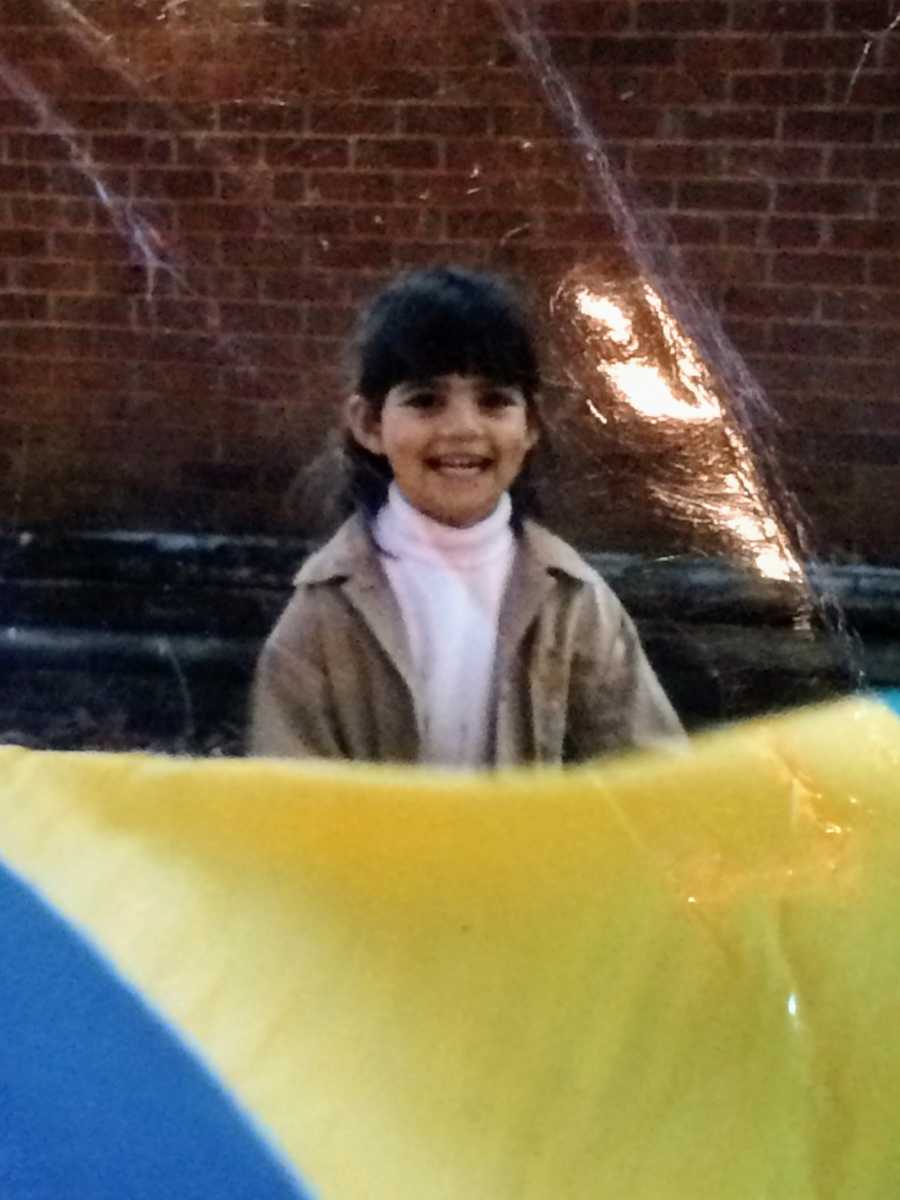
I grew up in a relatively health-conscious family, with a larger than life doctor, a grit of the earth farmer/lawyer as parents and a wildly active younger brother. We ate dinner together every night, played outside during the days, and had quite forward-thinking conversations about mental and physical health from a young age. As a child, I wasn’t particularly overweight. I had round chubby cheeks, blunt brown bangs, and a notoriously sophisticated palette. While other children chose between Gerber’s mashed pees and creamed carrots, I preferred olives, escargot, tartars. My love of food only grew from there.
I became increasingly aware of my size in middle school. I’d grown up participating in many sports: competitive swimming and horseback riding, soccer, basketball, tennis, cheerleading. You name it, I tried it. I loved competition…, but I hated cardio. Not only was I heavier than many of the girls at school and on my teams, but I was taller, looming over them at almost six feet before the end of middle school. Needless to say, I stuck out like a sore thumb and I knew it.
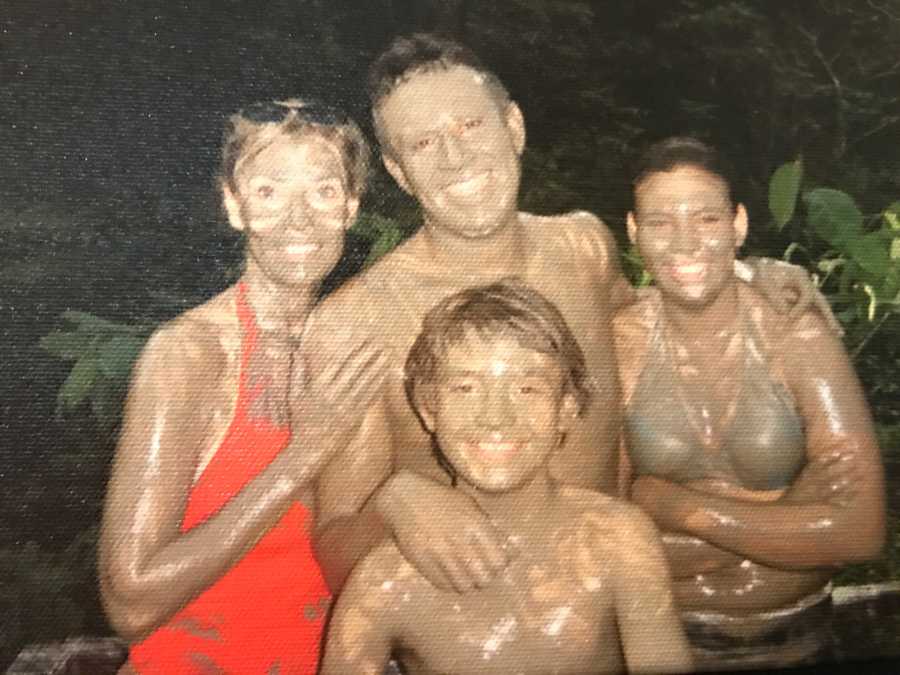
At this point, nobody was talking to young women about self-image or inclusivity of different shapes and sizes. People weren’t talking about how muscle structure, frame, height, genetics, etc. played a role in how much someone weighed. Nobody was talking about muscular bodies, curvy bodies. Instead, as my friend Katie Wilcox puts it, we were learning that there were two types of girls: skinny girls and fat girls, and that being fat was the worst thing we could be. I’d grown up slightly chubby, but as time passed, both my insecurities and my weight continued to climb.
My diet began to include secret trips to the fridge or candy cabinet. I’d also developed an adamant hatred for anything resembling cardio. In eighth grade, I ignored coaches’ advice to condition between seasons of competitive soccer, assuming my performance the previous year would secure me a position on the team. I have a vivid memory of the tryouts. The coach had asked us to run a mile. Some of my less enthused teammates and I hid behind a shed while others ran until the final lap, coming out panting and sure we’d fooled him. Needless to say, we hadn’t. My name wasn’t on the roster. I realized then that something had to change.
After begging my parents, they finally submitted and allowed me to spend a summer at fat camp. For the first time in my life, I felt surrounded by peers – heavy kids who struggled with the same issues I did. I spent those months learning about nutrition and health, playing every sport I could get my hands on, and participating in every hike, run, and activity I was offered. That summer, I also had my first encounter with weightlifting. I learned that my size, while socially unacceptable, also made me incredibly strong. I came back from camp with a newfound love of health and fitness; however, as summer faded, so did my resolve. Refusing to acknowledge my struggles with my weight to anyone beyond my parents, I credited my twenty-something pound weight loss and newfound health knowledge to a fun summer at an ‘activity camp’ in California.
This cycle of passionately adopting healthy lifestyles only to burn out as quickly as they’d started continued throughout high school. My secret trips to the fridge and candy cabinet had escalated into a binge eating issue. In attempts to adopt a healthy lifestyle, I’d tried sports teams, personal trainers, diets… Nothing stuck. Instead, I threw myself into student government, film, and theatre, finding the support of teams with absolutely no obligation for cardio. While my weight remained an insecurity, it no longer dominated my identity.
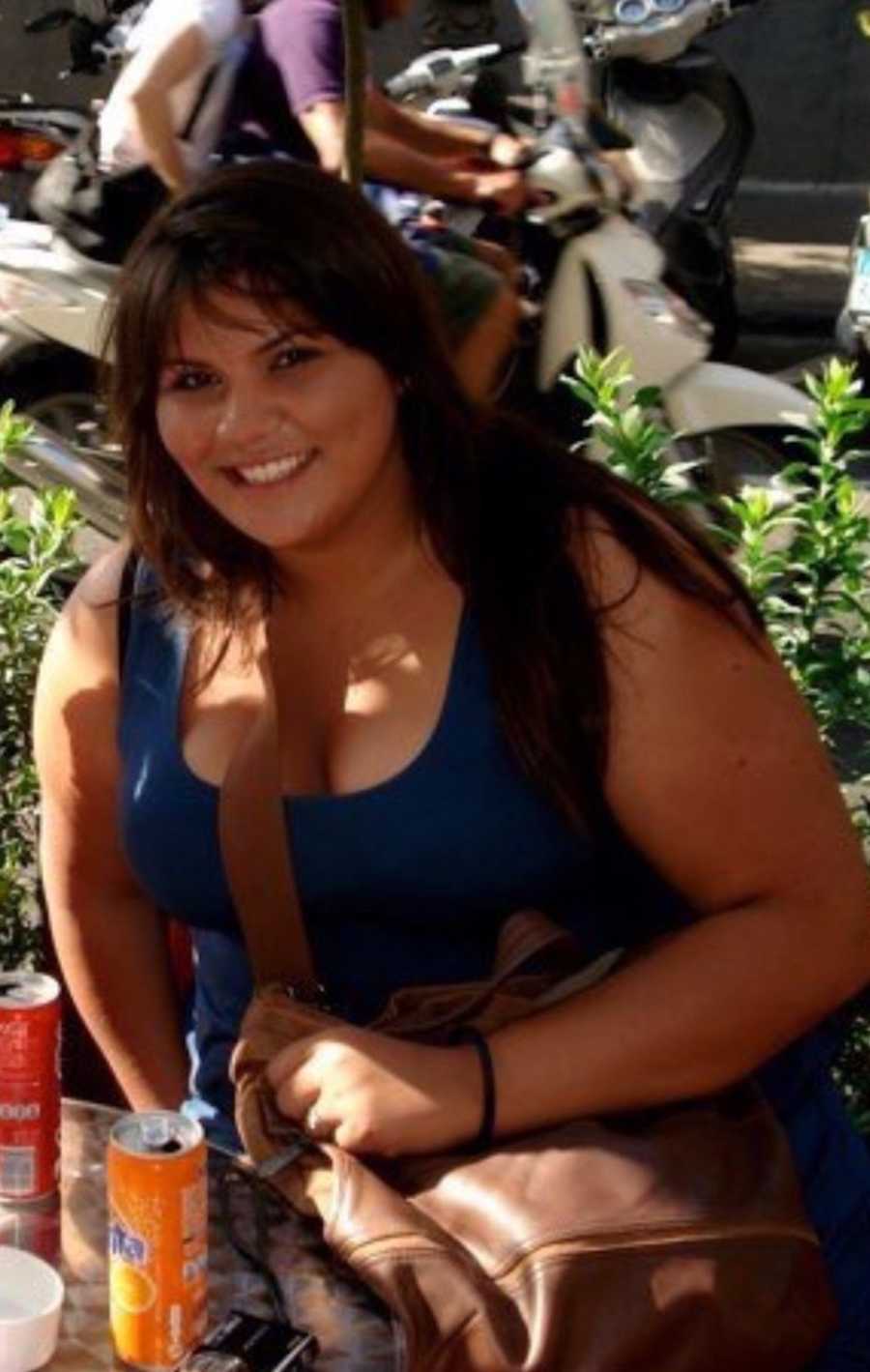
After graduating, I packed my bags and headed to the University of British Columbia Vancouver. There, I found a little bit more of myself. I also found a college meal card, 24-hour Dominos delivery, and a party lifestyle. What I didn’t find? My running shoes. Lack of activity, poor food choices, and a very skinny ‘eats anything he wants’ college boyfriend created the perfect storm. With stress, my binge eating intensified. I packed on the pounds at a rate that concerned myself, my family, and my doctors. In just a few years, I’d gone from heavy to morbidly obese. I could hardly take a flight of stairs or walk across campus without losing my breath. My knees, shoulders, and back ached daily. I had developed hypothyroidism, high blood pressure, and levels that teetered on pre-diabetic. The weight around my mid-section made me an almost inevitable candidate for heart disease. As I prepared to head into my teaching degree, I knew I was becoming a role model to my students and wanted to give them the strongest version of myself that I could.
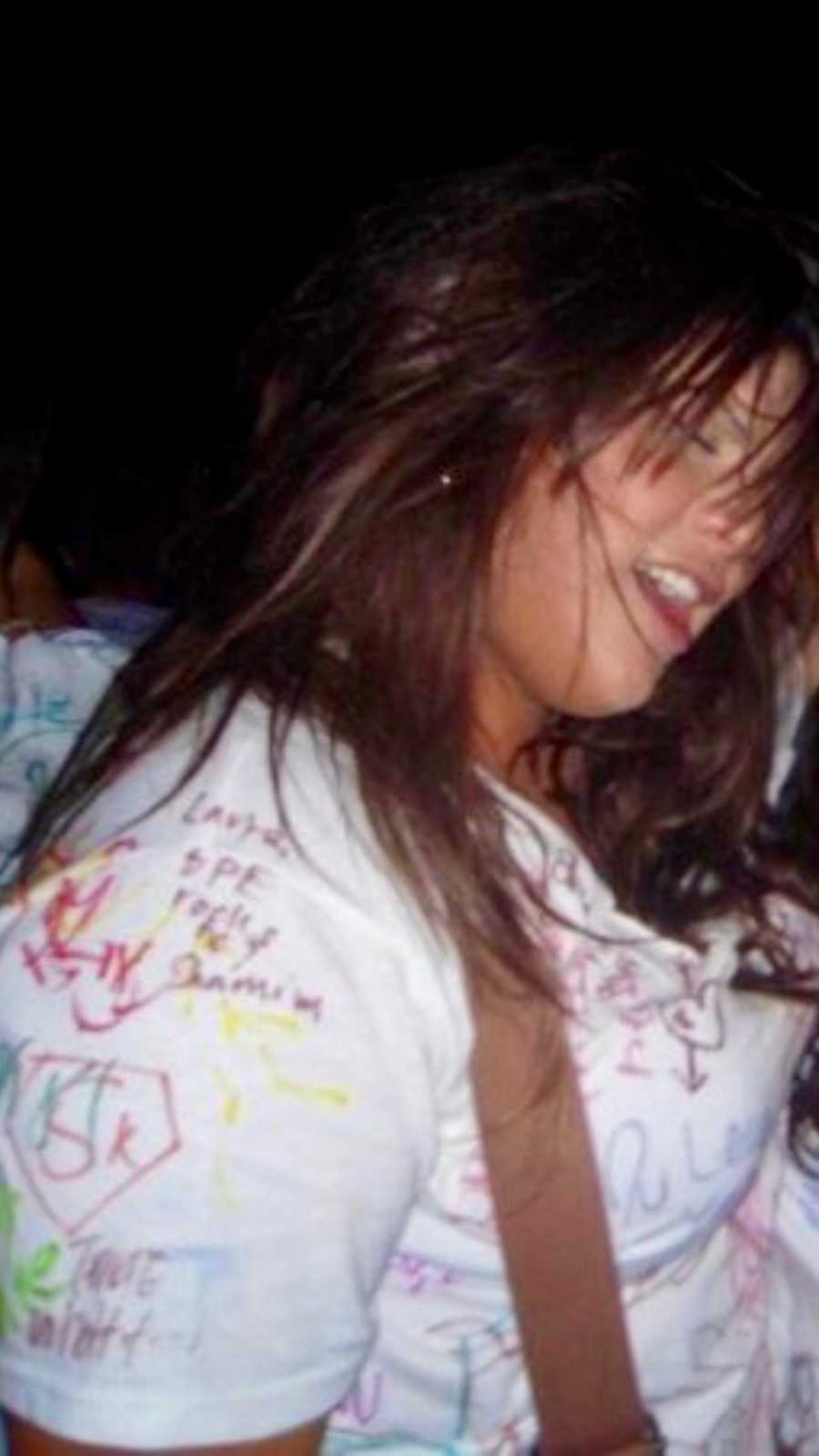
In winter 2013, my doctor informed me I needed to find some way to get my health under control. I was in my early 20s, and, at best, heading down a road of medications, disease, and disorders. At worst, I was killing myself. I’d tried sports, personal trainers, Jenny Craig… nothing had worked. I felt completely defeated. After years of silently considering weight loss surgery, I brought the discussion to my family. Together we decided that my health was a serious enough concern to consider taking more drastic outside measures. I began to research potential operations.
My research led to a realization: I was going to have to start making healthy choices. These surgeries, I soon learned, could be dangerous, particularly to patients that were severely overweight. I also learned more about the required lifestyle changes following surgery. Small portions, bland foods, an exercise regimen… All signs pointed to the inevitable: whether I had the surgery or not, I was going to have to change my lifestyle habits.
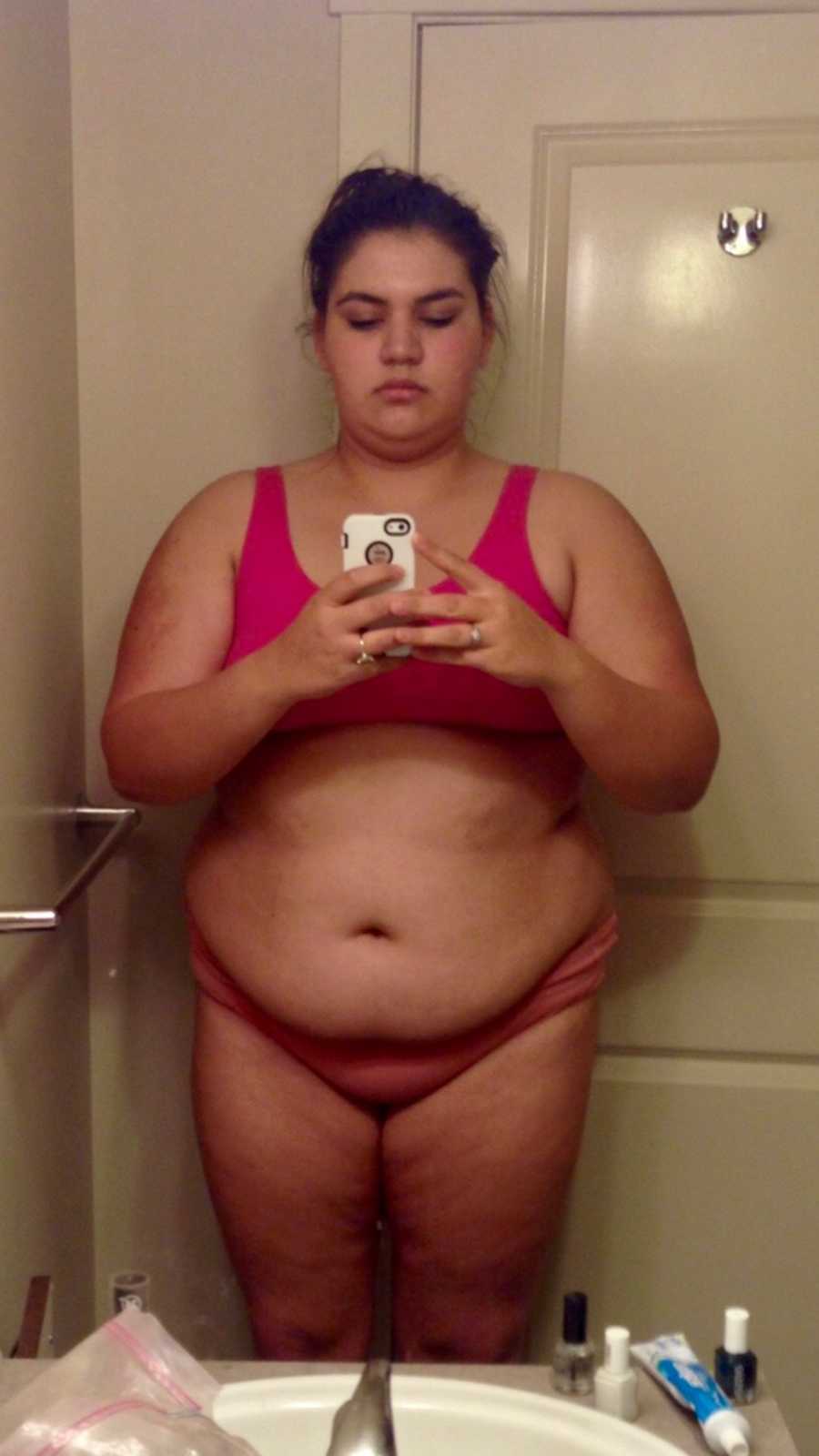
This wasn’t a new concept to me. ‘Starting a diet’ … ‘setting daily activity goals’ … I’d done it a hundred times in the past. I’d just quit. After dumping everything out of my fridge that even resembled unhealthy (something I’d done a hundred times), I loaded a ten-minute Jillian Michaels workout video on my laptop (something I’d done a hundred times). At over 300 pounds, it was unbearably difficult. I quit after a few minutes (something else I’d done a hundred times). I stopped the video and melted onto the floor in a pile of sweat. This time, I didn’t close the video. I told myself to catch my breath, regain my composure, and, when I was ready, press play again. I got another couple minutes in. I continued this until I finished the video. I did this every day for the rest of the week, until, finally, I made it through in one go. Sweat drenched and gasping for air, I walked out of my apartment, across campus, and signed up for my university gym. That day, I put my headphones in, picked up the weights, and stayed for 5 hours. I stopped worrying about the 100+ pounds I needed to lose (or the full 10-minute video) and started thinking about small, incremental micro-goals. That’s when I learned that when you’re tired, you don’t quit. You rest. I learned to start over every single day, regardless of how good or bad the day before had gone, with newfound patience and perseverance.
That April, I gave myself a challenge – thirty days of increased activity and a healthy diet. No binging. No skipping. No cheating. For thirty days. I started at my university gym with a very simple system: lift weights for a specific body part for as long as you’d like and then do about 20 minutes of low intensity cardio. Walk on the treadmill at an incline, use the elliptical, ride the bike. I cleaned up my diet, focusing on clean proteins, leafy greens, healthy fats, and plant-based carbohydrates. I didn’t use count macros, implement intermittent fasting, aim for ketosis, rely on diet pills… I kept it simple. Less calories in. More calories out. Healthy foods. More activity. The pounds started to drop. I kept my weight loss goals to myself, worried it wouldn’t stick. Surprisingly, I made it thirty days. More surprisingly, I didn’t have to force myself to go to the gym each day. I had to force myself to leave it. I loved every moment of it. In that first month, my aches and pains reduced substantially, I was no longer out of breath after climbing a flight of stairs, and I felt better than I had in years. It only took a few weeks to realize I didn’t need to go under the knife. I needed to get under the bar.
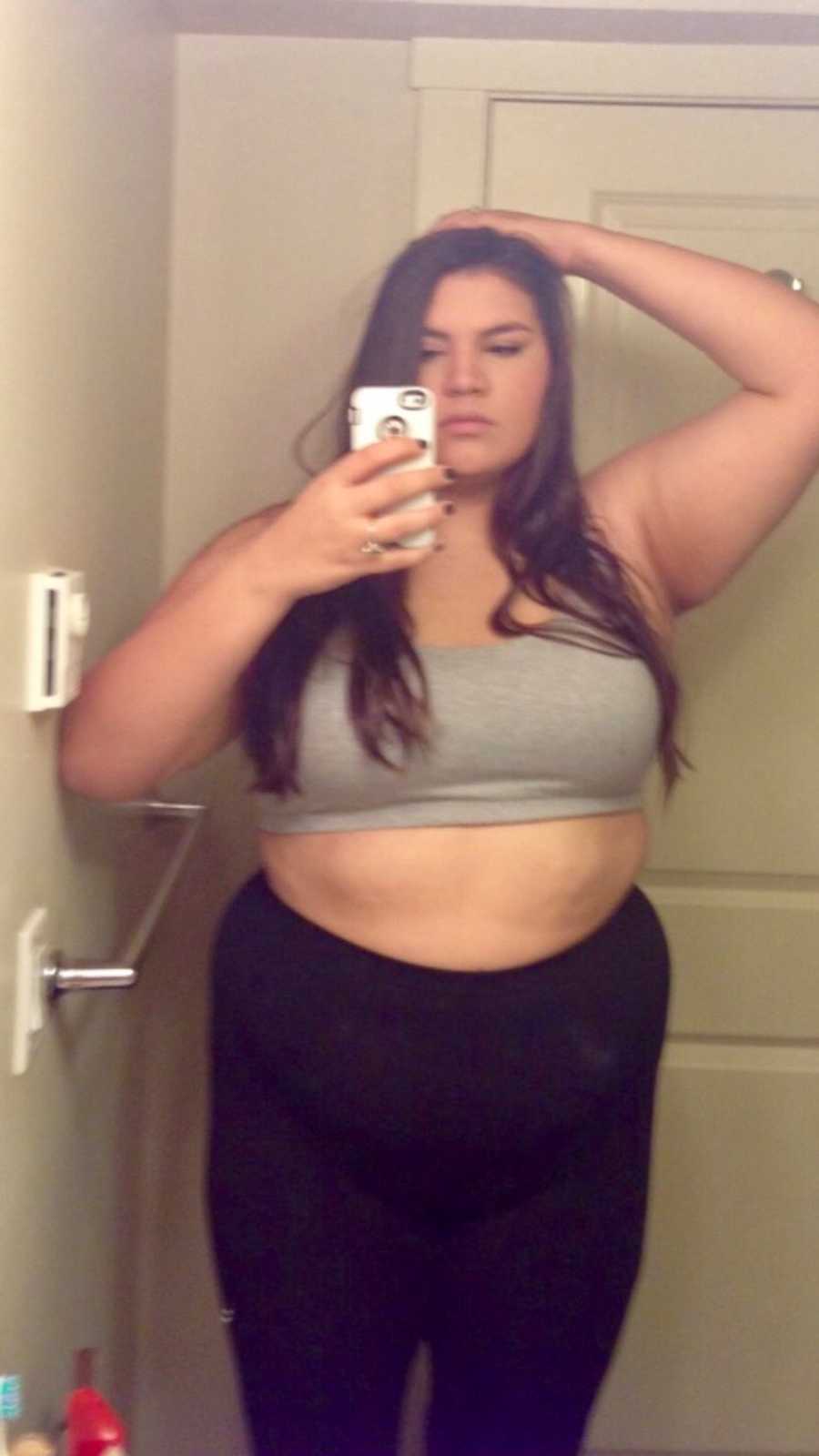
I continued those simple principles over the next few months of summer, training daily and adhering to an almost entirely clean diet. In my spare time, I began researching nutrition, fitness, mental and physical wellness. I started to see the connection between taking care of myself physically and taking care of myself mentally. I practiced more kindness to self in the mirror and more kindness to others in the outside world. I dropped emotional walls I’d held onto for years and started to recognize similar walls in others.
In summer 2014, a few months after walking into my campus gym, I began posting faceless Instagram photos under the pseudonym ‘The Iron Giantess’ to more easily track my own progress. No faces or fancy captions. Just photos of my progress sitting side by side for moments when I felt like I’d made no progress.
I returned to The Iron Giantess and had thousands of followers, with people turning to my page for advice.
A year into my weight loss, I was down 100 pounds, finishing out my teaching degree, and more in love with fitness and health than I’d ever imagined possible. As part of my teaching program, we participated in community field experiments to understand how educational philosophy could be applied to situations outside the classroom. Eager for adventure, I went to work as a cave guide in Qualicum, BC. I helped guide nervous students through physical challenges much like those I’d loved at fat camp ten years before. A desperate attempt to find a gym in the remote island town and avoid falling into old health habits led me to a hole-in-the-wall gym where a group of retired bodybuilders took me under their wings and properly introduced me to the world of powerlifting and bodybuilding. That summer, coming full circle from the defeated kid at fat camp, I stopped training to lose weight and started training because I loved it.
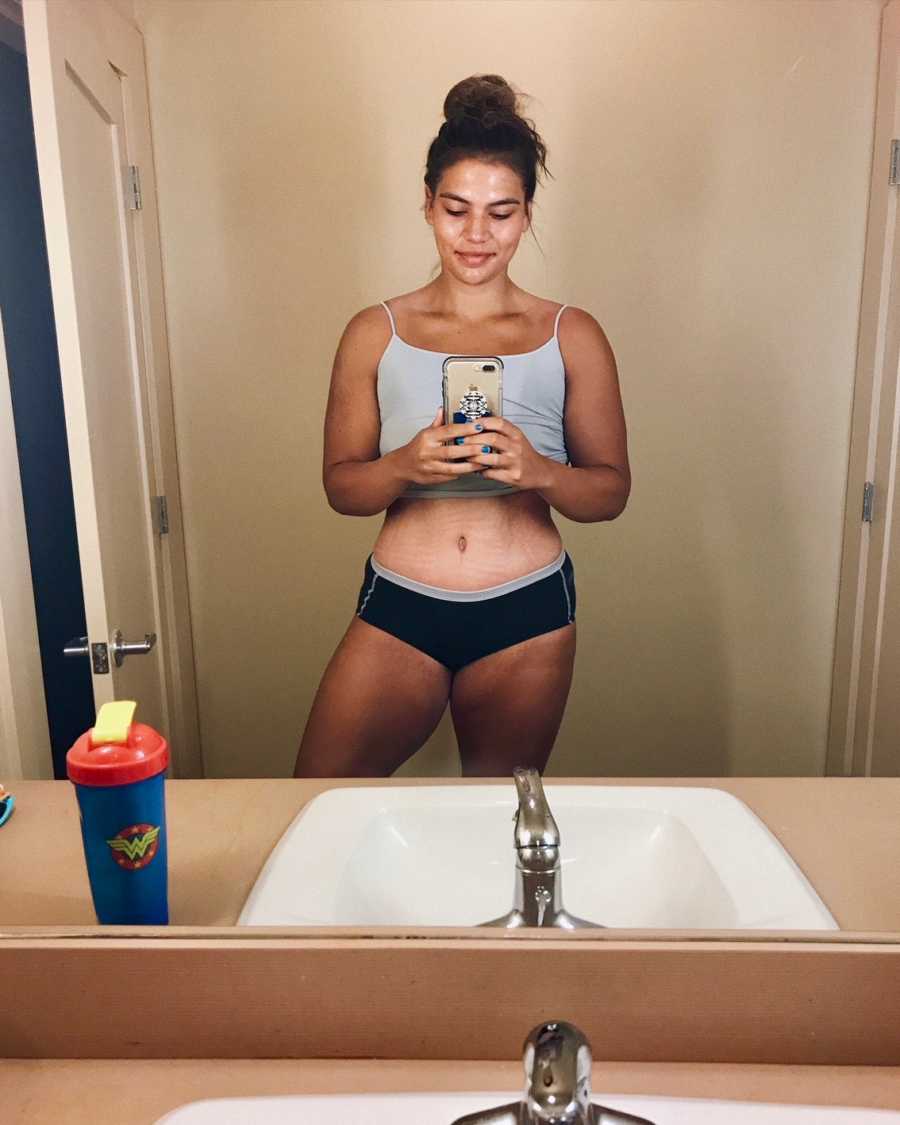
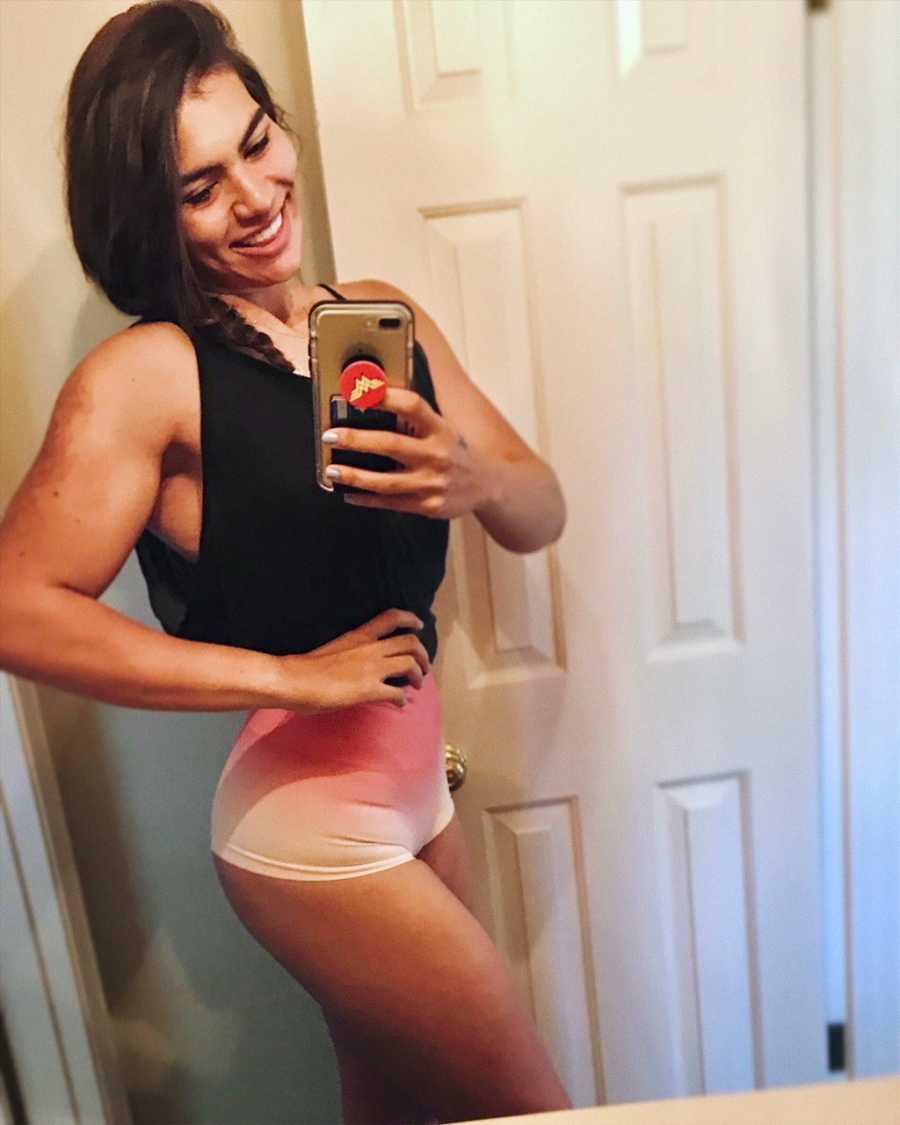
Following completion of my degree, I moved back to Tennessee and began my teaching career. I fell more and more in love with the idea of health and fitness. I immersed myself in research, studying movement patterns, training splits, and nutritional philosophies while tinkering with my training and diet. For the next few years, my days were spent teaching middle school English, discussing creative writing, Greek myths, and kindness. My evenings were spent powerlifting and bodybuilding, completely immersed in the world of fitness and health.
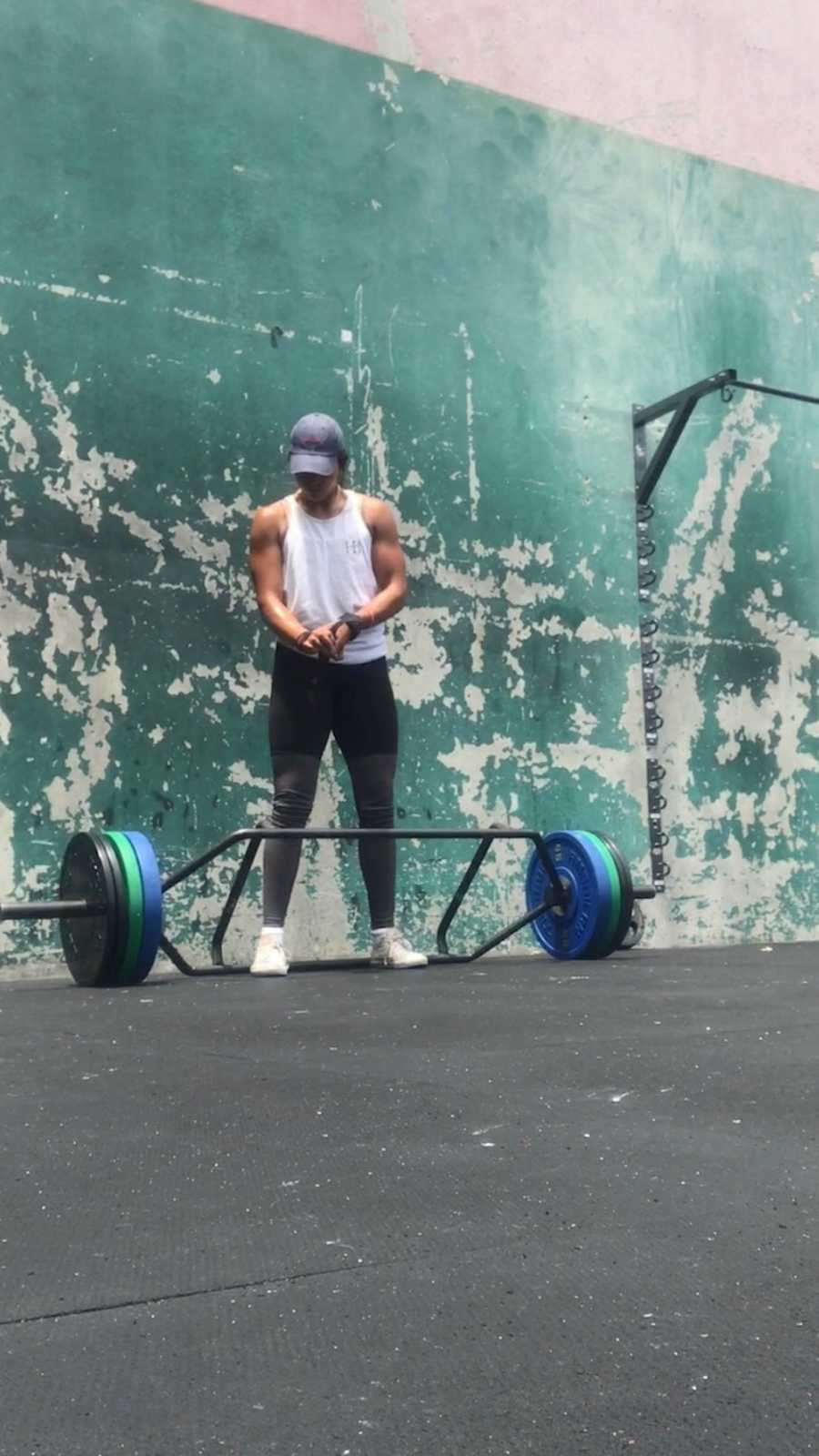
I began to see a need for a larger discussion about body image, self-talk, and mental and physical health not only in the middle school hallways but on the comments section of Instagram posts. My Instagram became the place to blend the two, creating a community centered around kindness to self, kindness to others, and a passion for health.
I now stand on the edge of a new adventure. I’ve taken a step away from the classroom in hopes of facilitating more change and more discussion around these issues in society as a whole. I’ve relocated back to Los Angeles, and signed with Natural Models LA, an agency devoted to breaking the stereotype of skinny versus fat girls. Instead, we’re focusing on the conversations with young men and women about inclusivity, body image, social pressure, etc. that were lacking in our generation’s childhoods growing up.”
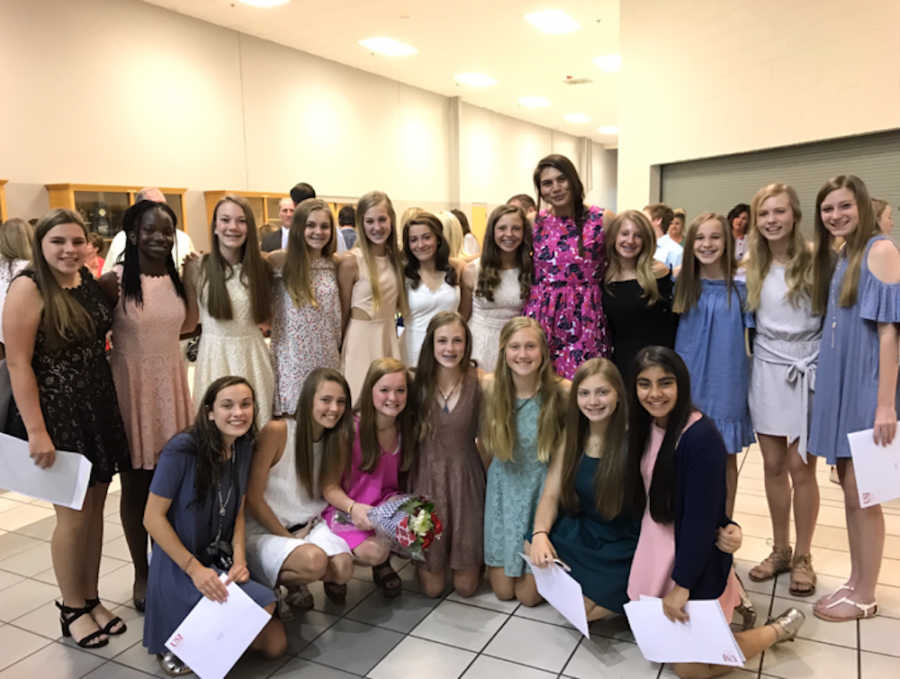
This story was submitted to Love What Matters by Laura Micetich of Los Angeles, California. You can follow her journey on Instagram. Be sure to subscribe to our free email newsletter for our best stories.
Read more stories like this:
Provide hope for someone struggling. SHARE this inspiring story on Facebook with your friends and family.

